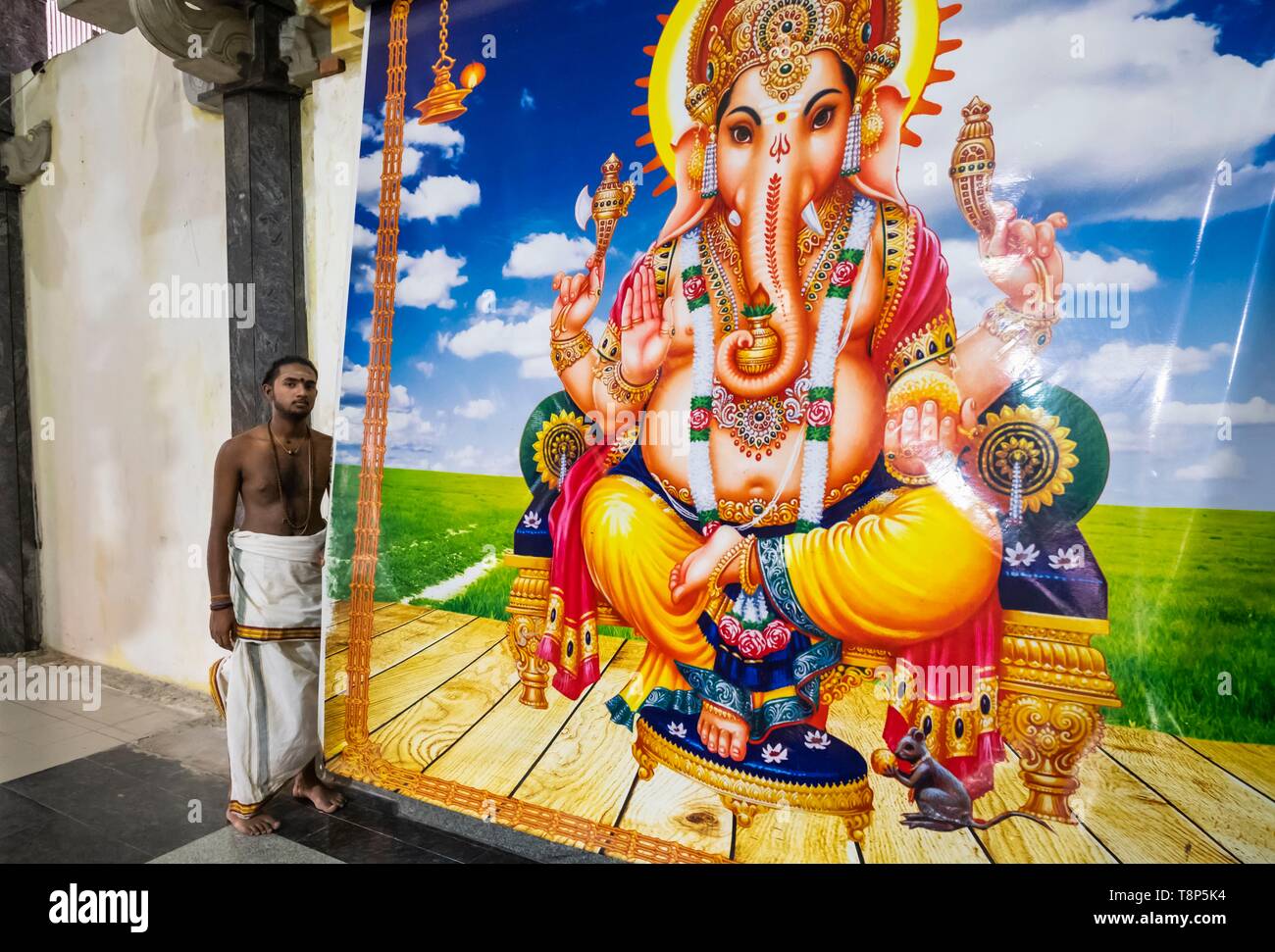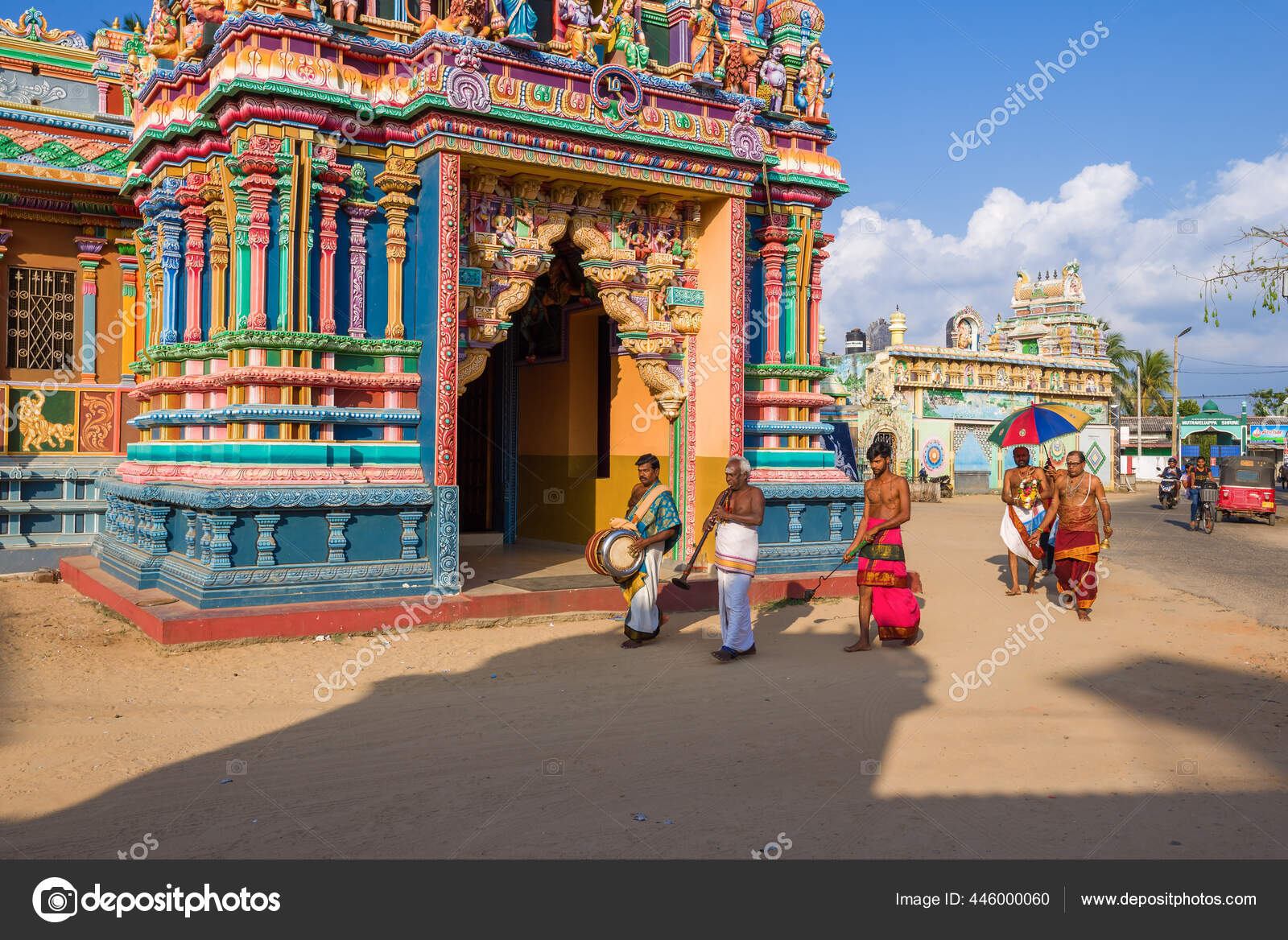



Historically, temples facing north, are considered to provide victories on endeavours. The posture is also believed to signify kindness, love, affection and compassion to her devotees. As per Hindu legend, the position requires lot of energy and while Nataraja, during his dance switched his legs, Vekkali Amman remained in the position to show her energy levels. The position of the leg of Vekkali Amman is different from other Shakti temples without roof where the right leg is placed over demon. The roof over the sanctum was constructed during different times, but is believed to be burnt by the power of Vekkali Amman. Religious significance Festival image of Vekkali Amman The temple is maintained and administered by the Hindu Religious and Endowment Board of the Government of Tamil Nadu. The temple chariot is made of gold and was launched during 2010. The temple has six daily rituals in its calendar and celebrates six annual festivals. The people of Woraiyur see Vekkali Amman as their guardian deity. The temple is known from the period of early Cholas, but there are no historical records. The central shrine of the temple houses the image of Vekkali Amman and the major feature of the temple is the absence of roof over the sanctum. It is located in Woraiyur, a neighbourhood in Tiruchirappalli, Tamil Nadu, India. Vekkali Amman Temple is a temple dedicated to the Goddess Vekkaali, a form of the goddess Kali.


 0 kommentar(er)
0 kommentar(er)
